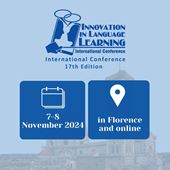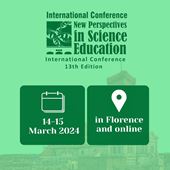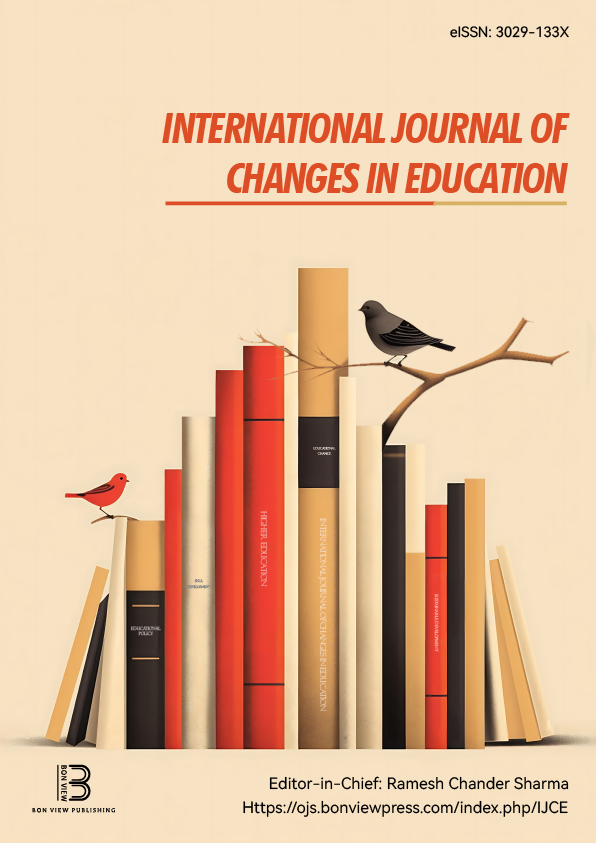Learning with Comics: A Case Study in Arts and Multimedia Education
Marlene Ribeiro, ID+ Research Institute for Design, Media and Culture, University of Aveiro; Polytechnic Institute of Viseu, School of Education (Portugal)
Sofia Figueiredo, Polytechnic Institute of Viseu, School of Education; CI&DEI Center for Studies in Education and Innovation (Portugal)
Catarina Carneiro de Sousa, Polytechnic Institute of Viseu, School of Education; CI&DEI Center for Studies in Education and Innovation (Portugal)
Abstract
The article presents the experience of teaching the Drawing IV curricular unit using evidence-based teaching as a framework for selecting pedagogical practice options [1]. The aim of this research was to collect and map information that would enable improvements to be made to the curricular unit.
The creation of a comic with a free theme, made up of four pages (reference) was the project launched for the students of the Arts and Multimedia degree course. The project was developed in three phases, each focussed on essential aspects of constructing a visual narrative [2], in an active strategy of learning by doing. In the first phase, the students dedicated themselves to writing the story (original or adapted) [3], characterisation and character studies, as well as drawing up the storyboard and an exploratory search for graphic references. During the second phase, the focus fell on studies of environments, colour, typography and page composition. The students also delved into character design, now considering expressions and actions, as well as defining shots and framing for each vignette and a detailed script for the comic strip. In the third and final phase, the students concentrated on developing the final boards. Most of them chose to work in a digital environment, which allowed them to explore and deepen techniques and styles that resulted in a wide variety of drawing syntheses. With the aim of encouraging experimental artistic publication [4], a selection of 12 comic was presented in the inaugural two-volume issue of the Fanzine ESEV.
|
Keywords |
Evidence-based teaching; Comics; Visual Narrative; Fanzine; Arts and Multimedia |
|
REFERENCES |
[1] Herodotou, C., Sharples, M., Gaved, M., Kukulska-Hulme, A., Rienties, B., Scanlon, E., & Whitelock, D. (2019). Innovative Pedagogies of the Future: An Evidence-Based Selection. In Frontiers in Education (Vol. 4). Frontiers Media S.A. https://doi.org/10.3389/feduc.2019.00113 [2] Pratt, H. J., & Shaffert, K. F. (2023). The Philosophy of Comics: What They Are, How They Work, and Why They Matter. Oxford University PressNew York. https://doi.org/10.1093/oso/9780190845445.001.0001 [3] Madden, M. (2006). 99 Ways to tell a story: exercises in style. Jonathan Cape. [4] Triggs, Teal (2010) Fanzines: the DIY revolution. In: DIY Design – 9th Annual St Bride Library Conference, 27-28 May 2010, London, UK. (…) |
 The Future of Education
The Future of Education





























